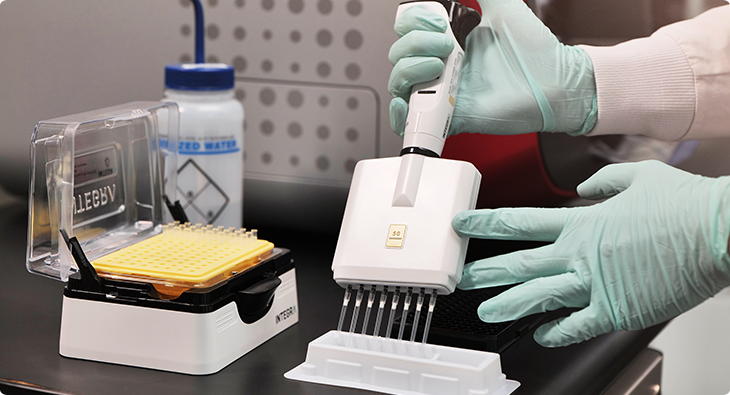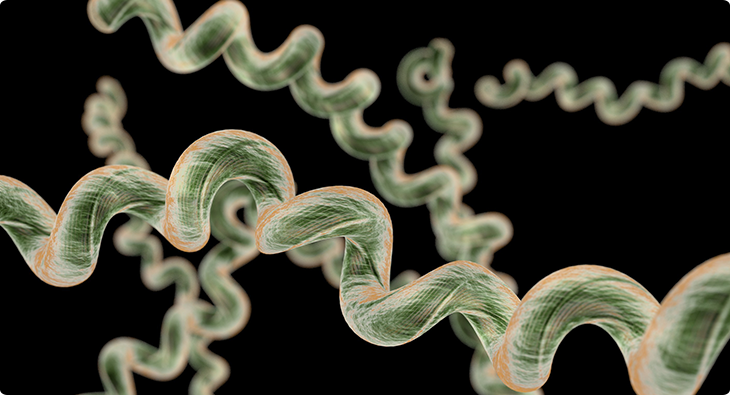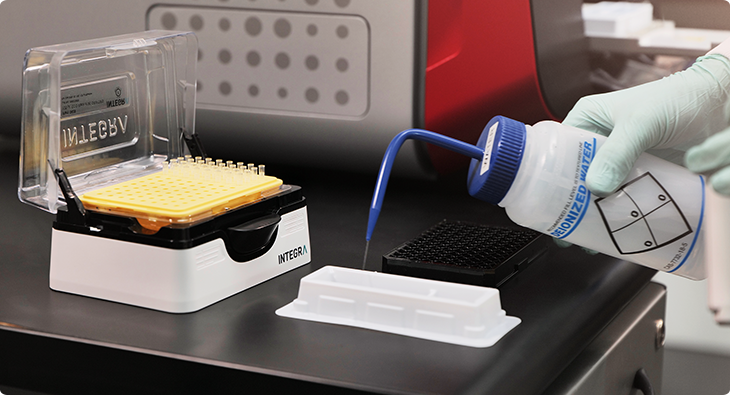At the Ohio State University, scientists are using xMAP® Technology to evaluate the molecular effects of this candidate therapy.
Beyond Checkpoint Inhibitors: New Cancer Vaccine Candidate Shows Promising Preclinical Results


At the Ohio State University, scientists are using xMAP® Technology to evaluate the molecular effects of this candidate therapy.

Discover how the NMI Natural and Medical Sciences Institute in Germany harnessed the groundbreaking dual-reporter feature of the xMAP INTELLIFLEX® System to revolutionize Lyme disease antibody testing.

Here at Luminex, our Legal Affairs department’s two highest priorities are the relationships we foster with corporate partners and the security we maintain over our intellectual property.

A recently published white paper titled “The Role of Proteomics in Early Cancer Detection: A Look at Six Core Benefits” touches on the collaborative goal between Luminex and Bio-Techne Corporation.

There’s a big transition that happens when our R&D team hands off new products to our production team for commercial manufacturing. Each step needs to be planned and executed with meticulous attention to detail. We’re grateful for team members like Andrew Stinson, Manufacturing Engineer II.

In the halls of Luminex, we speak about how innovative our customers are. They start with our xMAP® multiplexing technology, but we know that the technology requires the dedication of scientists to power groundbreaking new vaccines, therapies, and diagnostic tests.

Developing your own xMAP® assay can provide several advantages in various fields of study, including medical research, drug discovery, environmental testing, and more. Here are several reasons why you might consider developing your own xMAP assay.

When Luminex products get to our customers’ hands, we want to ensure that every single one performs exactly as it should. That’s why quality control is so important at our company. We count on people like Shari Schoene…

When Luminex began offering its bead-based multiplex xMAP® Technology in the 1990s, our team was convinced that a tool that prioritized versatility would empower scientists in a broad range of research and clinical areas, including biomarker discovery and validation.

At Luminex, a subsidiary of DiaSorin Group, we believe that innovative spirit and significant investment in our R&D programs are essential to delivering products that will make a powerful difference for scientists and patients. To leverage the value of that innovation, as well as ensure our technology’s proper usage, we know it is vital to invest in protecting our intellectual property.